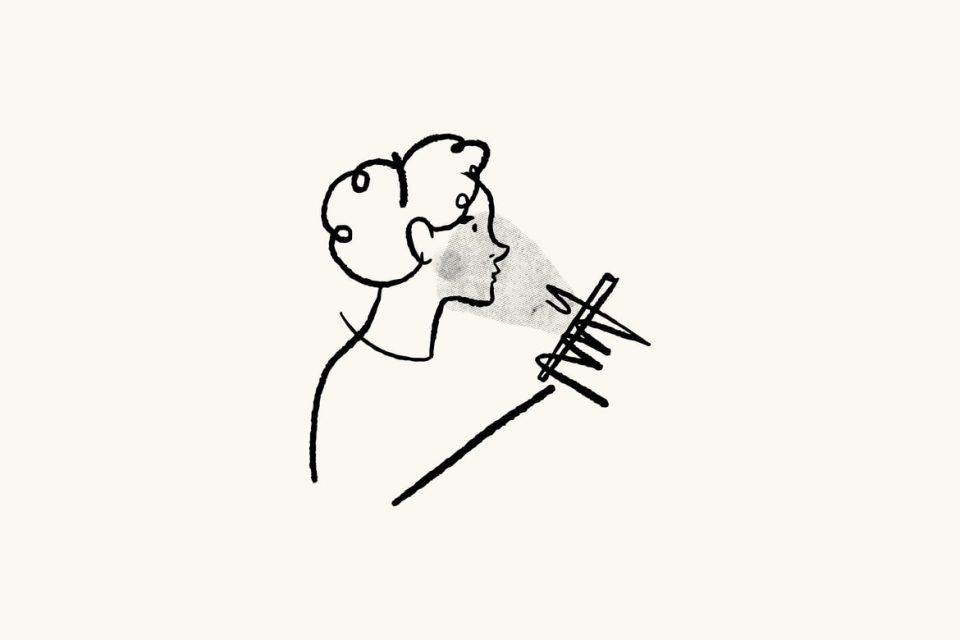
Media and its development have accompanied an increase in the magnitude and complexity of societal actions and engagements, rapid social change, technological innovation and the decline of some traditional forms of control and authority.
There is a close association between representation in media and social change, although the degree and direction of this association are still debatable. Many of the consequences, either detrimental or beneficial, which have been attributed to the media, are almost undoubtedly due to other tendencies within which our society operates.
Media is a major factor in the construction and circulation of social understanding and social imagery both in traditional and modern societies. It is therefore argued that media can be used as “an instrument”, a powerful and flexible one, for influencing people into certain modes of belief and understanding within society.
An analysis of the gender dimension existing in the society, however, suggests that the media fails to play its role effectively.
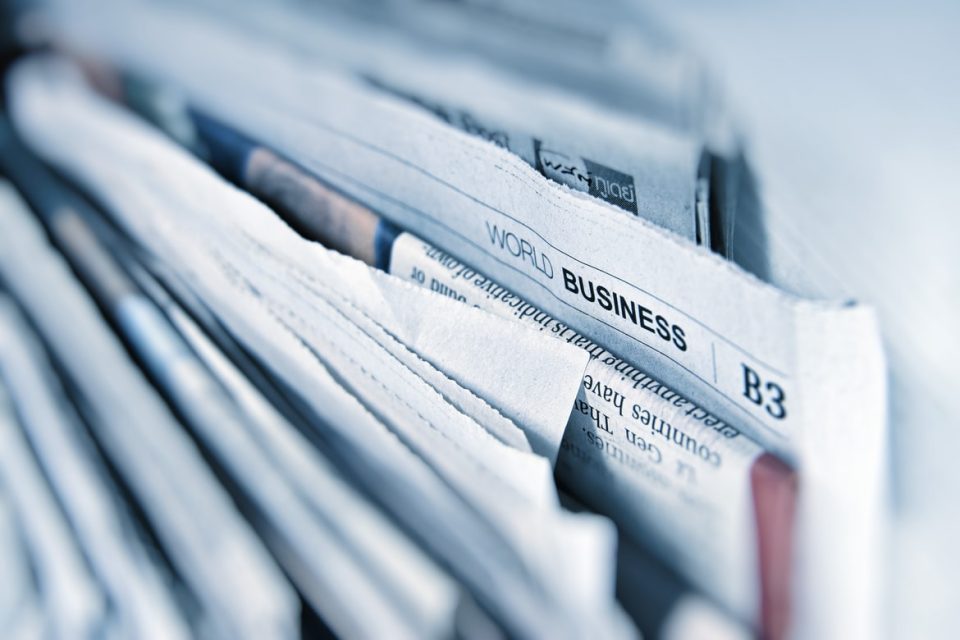
Journalism and the role of society
Media plays a vital role in the process of socialization. Starting from cartoons which are the favourites of every child to the reality shows, all have a tremendous impact and profound influence on our lives. Our lives revolve around various forms of media. Along with providing information about the happenings around the world, it also creates a framework which determines our understanding of the situation around us; it can also delimit our creativity and thought process.
We think according to the given context. Hence the media sets the agenda that captures not only our attention but also determines our actions and thought processes. By discussing some of the theories of effects of mass communication we can assess the tremendous impact media has on the life of the individual. While the “1984 theory” states that it is in the hands of the sponsors, political propaganda and the mass educators who can make individuals go against his/her will, some others speak of the role of the media to preserve the status quo and present a conservative bent of mind that prevents a mindset of social change.
The media can control and manipulate public opinion by highlighting issues selectively and ignoring things deliberately. They have the power to get judgmental and make a situation favourable or unfavourable or undesirable by the way of presentation of the issues. However, despite being the main source of most of our information, the media is not overarching on educated individuals and is not entirely responsible for shaping our opinions. Individuals, through the processes of socialization and social control, develop mental processes that reject information that does not match or conform to our individual views of society and the individuals within it.
It has been demonstrated often that one’s attention will be on the information that matches our already preconceived ideas and opinion and will oppose that information which is new or radical to us. This reaction is called selective exposure and hence selective perception and retention that many of us remember bits of information that enhance our own views and conforms to the society’s norms and values, but on the other hand, conveniently forget or completely overlook opposing facts.
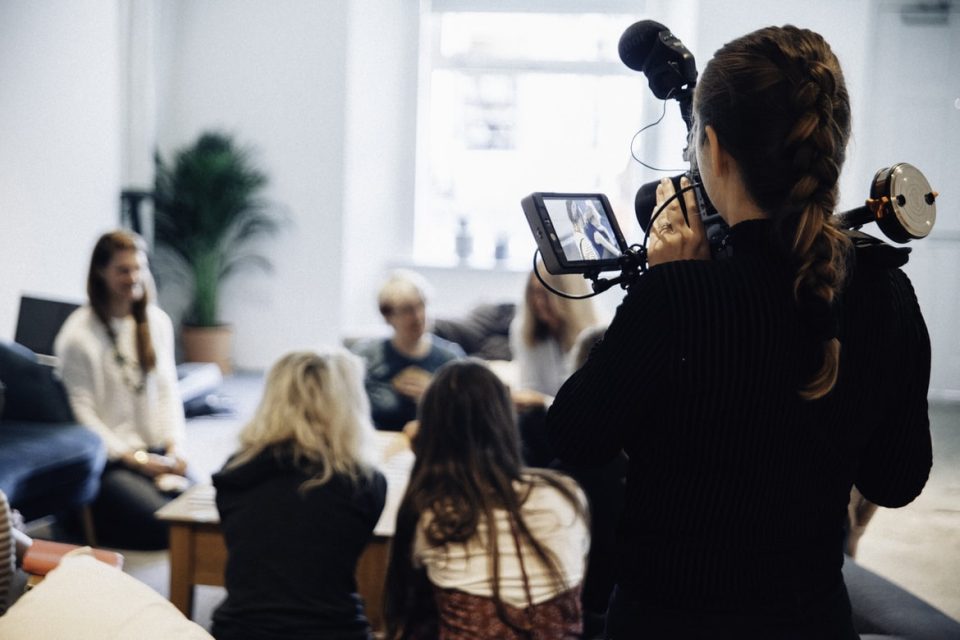
Stereotyped representation of gender roles in the media
If you turn on your TV right now, chances are that many of the channels are going to be playing some series or a movie. The market is as flourished as ever and there are more opportunities for people to showcase their creativity than ever before. That being said, while the variety in plots and budgets is increasing, there’s an important thing that’s being neglected and it’s affecting our world.
Gender roles and the continuously forced projection of them on characters in the media. The content presented in the media reflects the values of our society, or is it the opposite; we’ve now reached a point where what we see in the media deeply affects how we see ourselves and how we act in our daily lives. But the problem is, that the portrayal of different genders is not even close to being as diverse as it is in real life.
First of all, the mentality that “roles” should even exist, the idea that people of a certain gender have to behave in a certain way – is just wrong. Ideals like this are what have prevented us from moving a step forward and creating a more equal and peaceful world.
Men are usually portrayed as successful, strong, determined and important, while women are almost always portrayed as emotional, weak, unskilled, unstable humans. If it’s a role that doesn’t contain any of those adjectives, a woman is probably about to get sexualised (“hot teacher”, the “girl boss”, the “STEM lolita”…). Representation of other genders is almost non-existent, with many people thinking that there are only two genders, simply because they’ve never been exposed to others by the media.
Problems caused by toxic masculinity, gender inequality and archaic family patterns are all around us. The media are in the powerful position of having the ways to change all that and yet, very little progress is being done. But we as consumers, have the power to be more selective and support more shows that don’t impose stereotypical roles on our society.
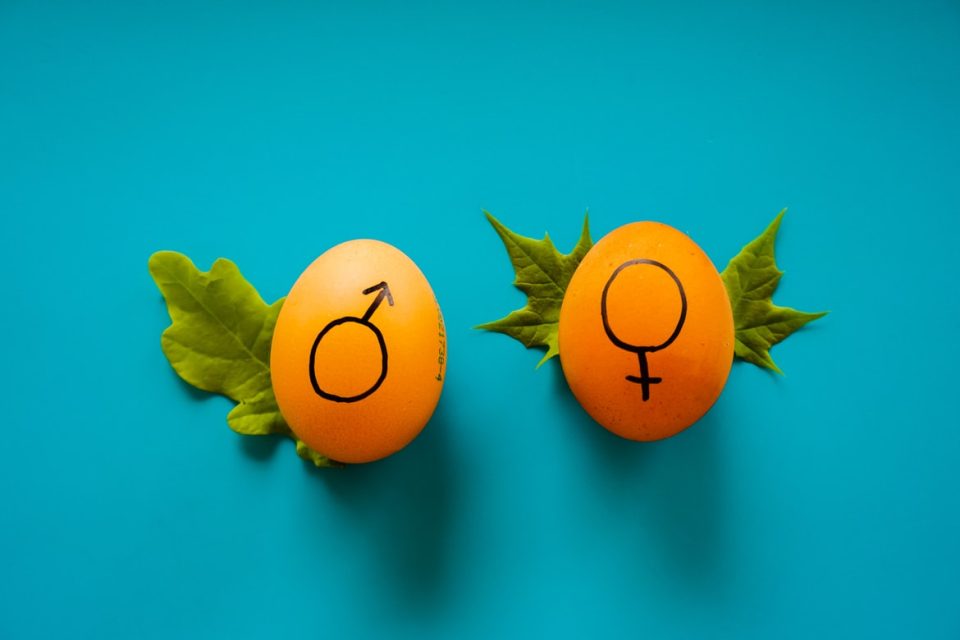
Who is winning the media space race?
What is the most important weapon that the mass media can give to somebody? Space or in other words a chance to reach millions, depending on the type of media. And like any type of weapon, it can be very dangerous if it’s in the hands of the wrong people.
Media, marketing and the film industry have a huge impact on shaping the culture, perception and attitudes towards ganders, for better or worse. They can help spread important information, raise awareness, give support and have a good impact on society but also, they can be misleading, and biased, they can help in creating gender stereotypes and due to underrepresentation, they can contribute to disrespect and violence towards women.
As we know, most habits develop in childhood, and children are the ones who grow up watching TV and they are growing up with a certain set of ideas and images of reality that are imposed on them as “normal”. Most of these ideas and values are super old and they belong to the last century. That is why they are influenced by gender stereotypes from an early age, which then affects their perception and beliefs about gender roles, occupations, personalities, attitudes and aspirations.
In 1995, Global Media Monitoring Project made research which suggested that only 17% of news sources (people seen, heard or read about in media) were female. Luckily that changed but not for the best – the latest research from 2015. showed that the new percentage was 24%. If the representation of women in the media continues to grow at this rate, we will have to wait at least three-quarters of a century to reach numerical gender equality.
So, who is this 24% of women represented in media and what is their function in news? Data shows that the females who are getting the media space appear mostly as sources based on their personal experience, popular opinion providers and eyewitnesses to events. Only 19% of women experts on certain topics are invited to talk and even 81% of men. The news in which females have the most media space compared to other topics, is about science and health, meaning that the gender gap on this topic was narrowest but the widest gap is in the news about politics and government in which females only occupy 16%.
And how many women are working as reporters? Only 37%. What are the obstacles that are limiting the inclusion of women as valuable sources? Some of them are a lack of women in leadership, media training for women from women, corporate policies and a higher probability of online harassment. This is really sad because when we don’t have one huge part of society well (and enough) presented in broadcasting media we have a daily narrative that is giving us an incomplete depiction of our world. When marginalized groups don’t see themselves represented enough, they lack the modelling to thrive.
The Covid-19 pandemic has further highlighted gender inequality. According to The Global Institute for Women’s Leadership, women’s voices and experts were missing from the coverage of the pandemic. For every mention of a well-known woman STEM expert in a coronavirus news story, there were 19 mentions of their male counterparts. When women with expertise are excluded, this reinforces the idea that women’s role is to assist a man in his work. Unfortunately, we have a long way to go until women are viewed as experts in multiple spheres but it is of the highest importance to increase the voice of women leaders and experts in the news in order to build better trust among the audience and also improve the quality of journalism.
It is clear that the media must change how it reflects the world – but who can change the media itself?
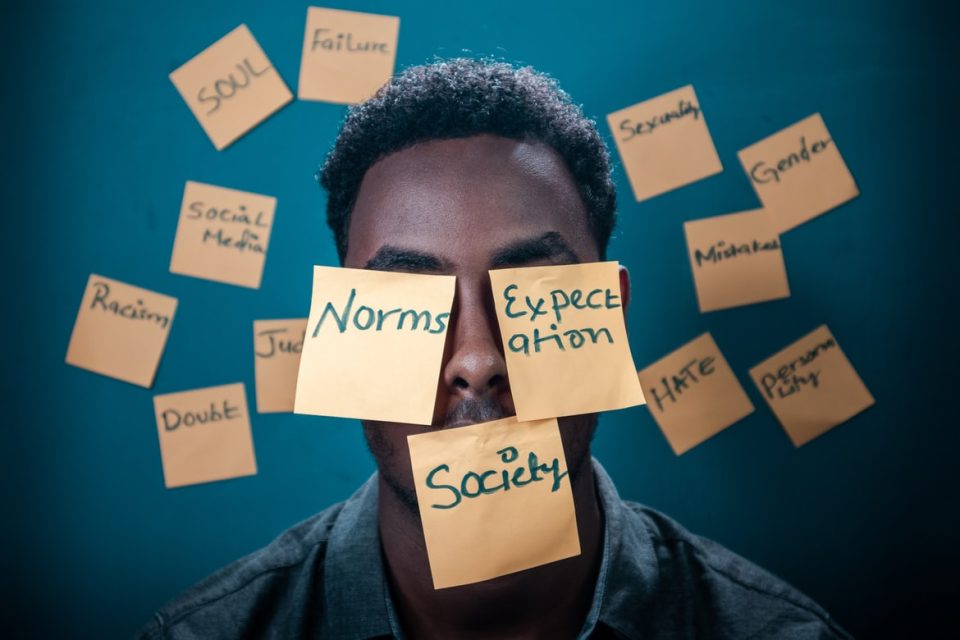
Which is the recipe for healing?
The need of the hour is the introduction of new media which is not only gender-sensitive but also bold enough to go against the wishes of the preserver of the status quo towards a culture of equality between men and women, by restructuring the social world and uniting various isolated groups in the same environment. If people are exposed to information which is of scientific temperament and humanistic, democratic and egalitarian in all aspects, the role and the effectiveness of media will contribute to the total development and change the social structure for the good. But if the media limits itself to low-quality information preaching the doctrine of gender inequality and inferiority of some groups and categories, focusing on the negative aspects of the social situation of developing countries, it will have a harmful impact, especially on children.
A creative rather than a conformist approach of the media in the planning of the society will contribute immensely to the cause of women’s emancipation. The challenge is to liberate women from the inequality and injustice of the traditional society without taking away from them the ingredients of a sense of security, dignity and partnership which had become a part of the modern industrialized society creating consciousness among women and men.
This new society will be distinguished from the past societies by the fact that not hierarchical and power relations, separation of private-public domain between men and women but the spirit of cooperation and supplementary as well as a complementary relation between two equal individuals with equal opportunities for growth and development.
